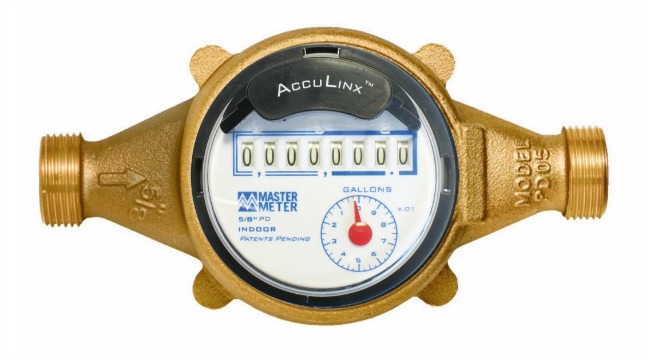Lilly Grove Special Utility District uses a combination of three types of meters for recording how much water each connection uses.
- Manual Meter Reading:
A field technician physically visits the meter box to record the reading each month. The reading is typically done from the top of the meter box. The meter reader may have to remove dirt that has accumulated from rain around the box and it may require removing a lid or cap. The meter reader then records the reading and then turns it in to office staff who then enter it into the billing system.
- Automated Meter Reading (AMR):
AMR uses radio frequency technology to transmit readings wirelessly from the meter to a receiver. This receiver can be a handheld device or part of a vehicle-based system. The data is then transmitted to the billing system for processing.
- Cellular endpoint:
Cellular endpoints are devices that transmit meter readings and other data from water meters to LGSUDs system using a cellular network. Cellular endpoints connect to a meter (either directly or through an encoder) and then transmit data via a cellular network, similar to how a cell phone works. Cellular endpoints allow for near real-time monitoring of water usage and infrastructure health, leading to improved efficiency and accuracy.
Below is an example for how to read a manual meter:
STEP 1 Locate your meter box, generally found towards the front of a property, near the street. The box is typically in a direct line with the main outside faucet. It is housed in a concrete box usually marked "water". Remove the lid by using a tool such as a large screwdriver. Insert the tool into one of the holes and pry the lid off.
STEP 2 Once you open the meter box lid, lift the protective cap on the meter. On the face of the meter, there is a large dial and a display of numbers. For the residential meter, each rotation of the dial measures 10 gallons. Read the number display from left to right. Be sure to include the stationary zero. This is your meter reading. Meters measure water in gallons or cubic feet. Charges for the amount of water consumed are rounded to the nearest thousand gallons or hundred cubic feet used during a billing period. Compare that reading to what your bill states as your current or present reading.
STEP 3 Keep in mind that you might be checking your meter on a date different from the one used for billing. This could result in a difference in the amount you find, compared with the amount on which your bill is based. However, if your reading is considerably higher than what is on your bill, check for a leak or try to determine the source of large water use. If your reading is significantly lower than the reading on your bill, please contact us and let us assist you in determining the problem.


 Our Meters
Our Meters